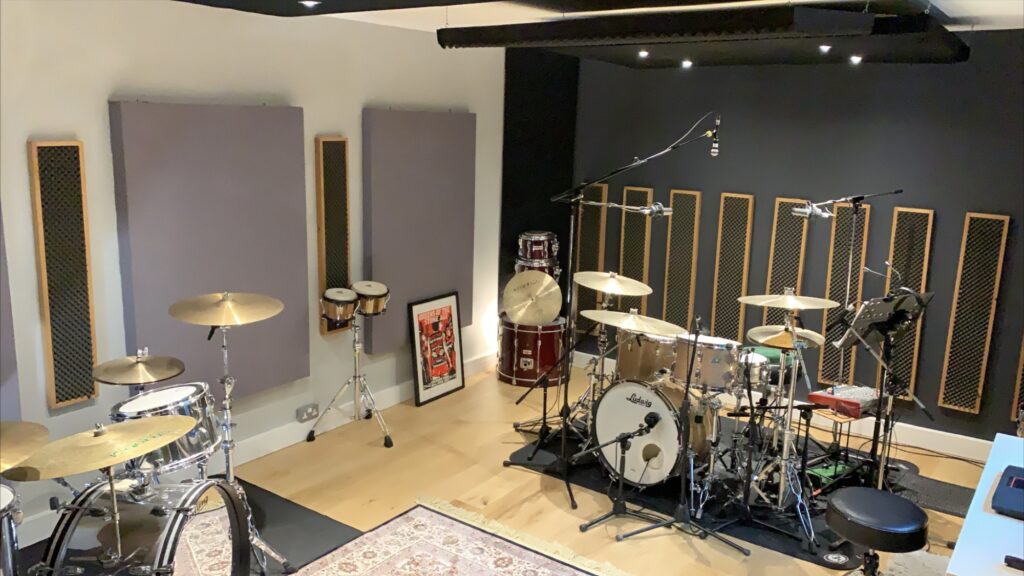Acoustic doors play a crucial role in soundproofing and noise control in various environments, ranging from recording studios and theaters to commercial offices and residential spaces. However, despite their importance, there are several myths and misconceptions surrounding acoustic doors that often lead to misunderstandings among consumers and decision-makers. In this article, we will debunk some of the most common myths associated with acoustic doors and provide clarity on their functionality, benefits, and practical considerations.
Myth 1: All Doors Offer the Same Level of Soundproofing
One of the most prevalent myths about acoustic doors is that all doors provide similar levels of soundproofing. In reality, standard doors and acoustic doors are designed with distinct features to address different acoustic requirements.
Acoustic doors are specifically engineered to minimize sound transmission by incorporating specialized materials and construction techniques, such as thicker cores, sealed edges, and strategic placement of sound-absorbing materials.
These features significantly outperform standard doors in terms of noise reduction and sound isolation, making them indispensable in environments where sound control is paramount.
Myth 2: Acoustic Doors Are Only Necessary for Recording Studios and Theaters
While recording studios and theaters are well-known for their reliance on acoustic doors to maintain optimal sound quality, the need for acoustic doors extends far beyond these specialized environments.
Acoustic doors are essential in a wide range of settings, including commercial offices, conference rooms, healthcare facilities, educational institutions, and residential buildings. In any space where privacy, confidentiality, and comfort are valued, acoustic doors play a critical role in mitigating noise disturbances and creating conducive environments for concentration, communication, and relaxation.
Myth 3: Acoustic Doors Are Bulky and Unattractive
Another common misconception is that acoustic doors are bulky, unattractive, and incompatible with modern design aesthetics. While acoustic doors are indeed designed to meet stringent acoustic performance standards, advancements in technology and manufacturing have led to the development of sleek, stylish, and customizable acoustic door solutions.
Modern acoustic doors come in a variety of finishes, colors, and designs to seamlessly integrate with any architectural style or interior décor. From minimalist designs to premium wood veneers, acoustic doors can be tailored to complement the aesthetic vision of any space while delivering exceptional soundproofing capabilities.
Myth 4: Acoustic Doors Are Cost-Prohibitive
Some individuals believe that the superior performance of acoustic doors comes at a prohibitively high cost, making them unfeasible for budget-conscious projects. While it is true that acoustic doors may entail a higher initial investment compared to standard doors, their long-term benefits far outweigh the upfront costs.
Acoustic doors offer unparalleled soundproofing capabilities, which can result in improved productivity, enhanced privacy, reduced liability risks, and increased property value. Additionally, the potential savings from decreased energy consumption and HVAC system efficiency further justify the investment in acoustic doors over time.
Myth 5: Acoustic Doors Are Maintenance-Intensive
Contrary to popular belief, acoustic doors require minimal maintenance to uphold their performance and longevity. With proper installation and periodic inspections, acoustic doors can maintain their soundproofing properties for many years without significant upkeep.
Routine maintenance tasks may include cleaning and lubricating hinges, checking seals for wear and tear, and ensuring that door frames remain properly aligned. Additionally, reputable manufacturers often provide warranties and support services to address any issues that may arise during the lifespan of the acoustic doors, offering peace of mind to property owners and facility managers.
Contact Waseem Muhammad Technical For Door Soundproofing in Dubai: +971 50 209 7517
FAQs
What level of soundproofing can I expect from acoustic doors?
The soundproofing performance of acoustic doors is typically measured using Sound Transmission Class (STC) ratings, which indicate the door’s ability to block airborne sound. Acoustic doors with higher STC ratings offer greater sound isolation and noise reduction capabilities.
Are acoustic doors fire-rated for safety compliance?
Yes, many acoustic doors are available with fire-rated options to ensure compliance with building codes and safety regulations. These doors are rigorously tested and certified to withstand fire exposure for specified durations.
How do I determine the appropriate acoustic door specifications for my project?
It is essential to consult with acoustic door specialists or acoustic consultants who can assess your specific requirements and recommend the most suitable door configurations, materials, and performance ratings based on factors such as ambient noise levels, room dimensions, and intended use.




